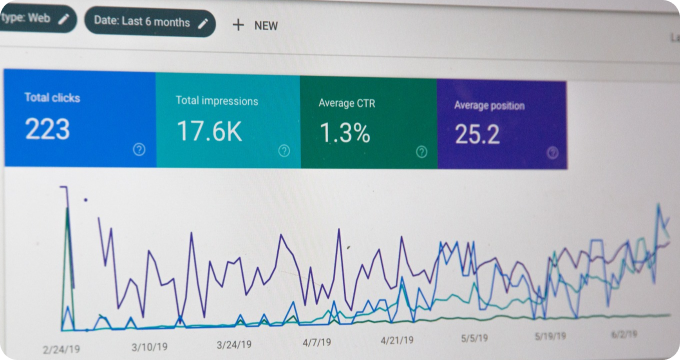Debunking 10 Myths Surrounding State Ramp Assessors: A Closer Look at the Industry
- February 20, 2024
- 3 minutes
The world of State Ramp Assessors is often shrouded in a veil of mystery and misconception. Today, we aim to demystify this industry by debunking ten common myths and misconceptions surrounding this profession. This task calls for a meticulous examination of the role, function, and significance of State Ramp Assessors, and how they operate within the broader context of architecture, urban planning, and disability rights law.
Let's start by defining the term “State Ramp Assessor”. These are professionals who are well versed in the technicalities and regulations of building ramps for accessibility. They ensure that any ramps built in public or private settings comply with state and national standards, such as the Americans with Disabilities Act (ADA). In essence, their assessments form the cornerstone of accessible architecture, facilitating mobility for people with physical disabilities.
- Myth 1: Anyone can become a State Ramp Assessor.
This is far from the truth. To become a State Ramp Assessor, one must not only possess a keen understanding of construction principles but also have a thorough grasp of the complex laws and regulations surrounding accessibility. Many Assessor positions require a related degree and/or certification and a certain level of experience working within the field of architecture, construction, or urban planning.
- Myth 2: State Ramp Assessors only work on government projects.
While public sector projects do form a significant portion of a State Ramp Assessor's portfolio, they are not the sole domain. Assessors can also work with private businesses, non-profit organizations, and individuals who wish to ensure their buildings are accessible.
- Myth 3: The job only involves measuring ramp angles.
Assessing ramps is not merely a question of geometry. Aside from evaluating the slope, width, and length of the ramp, these professionals also consider factors such as the surface, handrails, and landings. Additionally, they must ensure that the ramps comply with local and federal building codes and accessibility laws.
- Myth 4: The position is becoming obsolete due to technology.
While digital tools and software have certainly improved the efficiency of certain aspects of the job, the human aspect remains irreplaceable. State Ramp Assessors provide a nuanced perspective, taking into account the unique needs of different communities and individuals.
- Myth 5: All ramps are created equal.
Every ramp is a bespoke solution, tailored to the specific requirements of the site and its users. Factors such as the building's design, the terrain, and the users' needs all influence the ramp's design. Hence, every ramp project is a unique task requiring expert assessment.
- Myth 6: State Ramp Assessors are not needed if the building follows ADA guidelines.
Even if a building plan adheres to ADA guidelines, a State Ramp Assessor's expertise is still invaluable. Their assessments can help identify potential issues that may not be immediately evident, ensuring the ramp is not only compliant but also user-friendly.
- Myth 7: The profession is not evolving.
The field of accessible design is continually progressing, with new technologies and materials emerging all the time. State Ramp Assessors need to stay abreast of these developments to provide the best possible service.
- Myth 8: Assessors and architects have a combative relationship.
Contrary to popular belief, architects and Assessors often work hand-in-hand. Their shared goal is to create accessible, functional, and aesthetically pleasing spaces. Their collaboration thus forms a symbiotic relationship rather than a combative one.
- Myth 9: The job is easy.
Assessing ramps is a multi-faceted job, involving a deep understanding of disability rights law, architectural principles, and engineering. It also requires strong communication skills, as Assessors often need to liaise with a wide range of stakeholders.
- Myth 10: State Ramp Assessor’s work goes unnoticed.
While their work might not always be in the spotlight, it plays a crucial role in creating inclusive and accessible communities. When a wheelchair user can easily access a public building or a parent with a stroller can comfortably navigate a public park, it's thanks to the diligent work of State Ramp Assessors.
In conclusion, the work of State Ramp Assessors is a complex blend of technical knowledge, legal understanding, and human insight. They play an integral role in shaping our built environment, ensuring it is inclusive, accessible, and equitable. It's time to dispel the myths and misconceptions surrounding this profession and appreciate the pivotal role they play in creating a barrier-free world.
Learn More
Unearth the secrets of state ramp assessors and elevate your knowledge by diving into our enlightening blog posts! For an unbiased, comprehensive view, they should not miss our meticulously curated rankings of the Best State Ramp Assessors.
Popular Posts
-
 State Ramp Assessors Industry Report: Unveiling Key Findings and Crucial Insights
State Ramp Assessors Industry Report: Unveiling Key Findings and Crucial Insights
-
 Debunking 10 Myths Surrounding State Ramp Assessors: A Closer Look at the Industry
Debunking 10 Myths Surrounding State Ramp Assessors: A Closer Look at the Industry
-
 5 Things I Wish I'd Known About State Ramp Assessors Before Hiring One
5 Things I Wish I'd Known About State Ramp Assessors Before Hiring One
-
 How to Hire a Qualified State Ramp Assessor: A Comprehensive Guide
How to Hire a Qualified State Ramp Assessor: A Comprehensive Guide
-
 Ask These Questions to a State Ramp Assessor to Choose the Right One for Your Needs
Ask These Questions to a State Ramp Assessor to Choose the Right One for Your Needs






